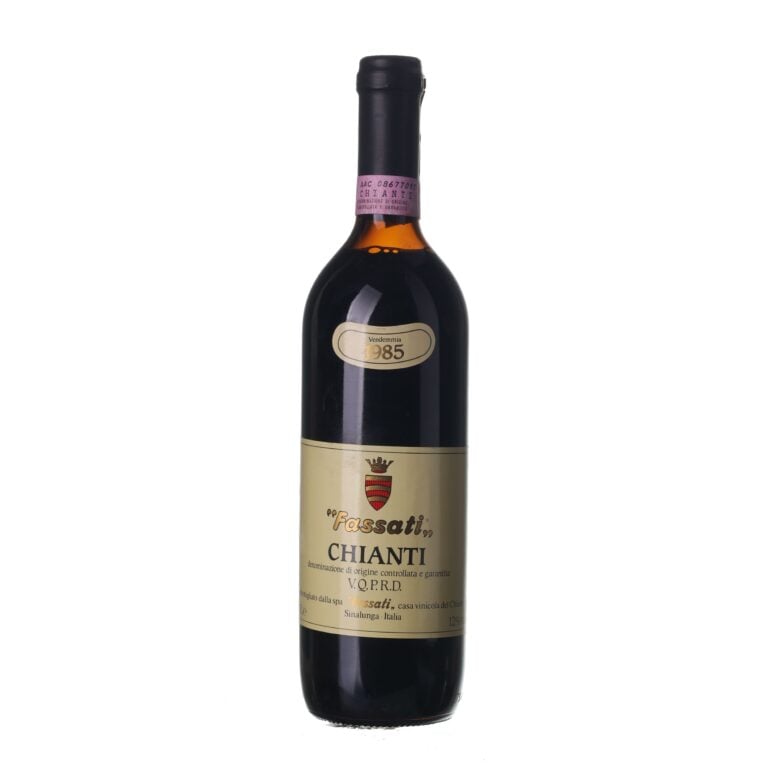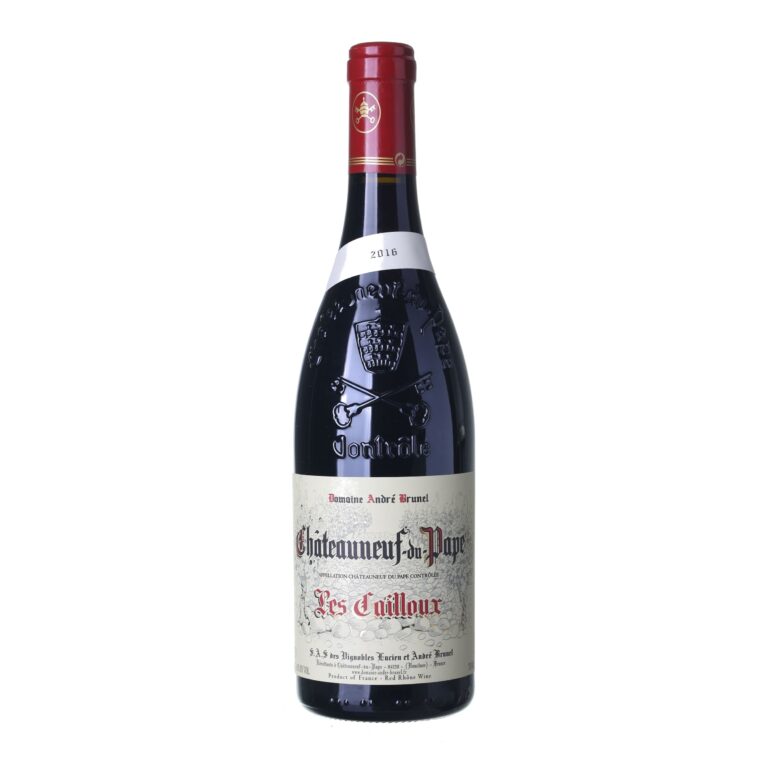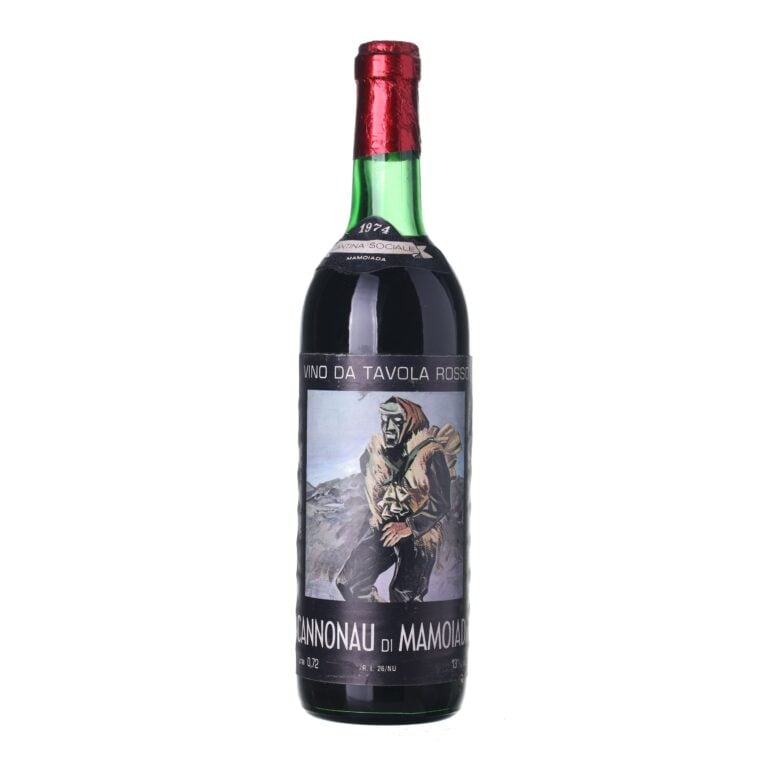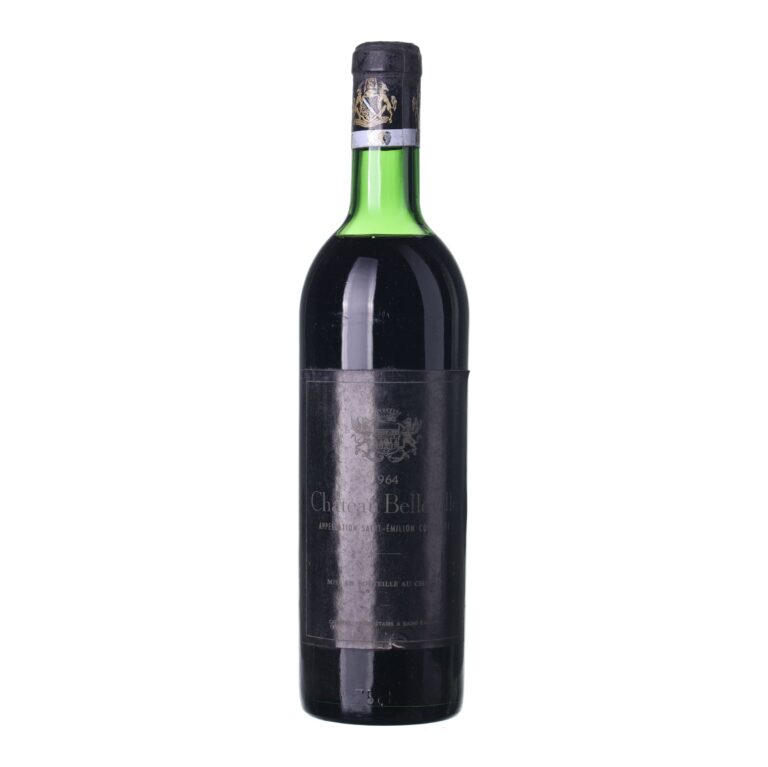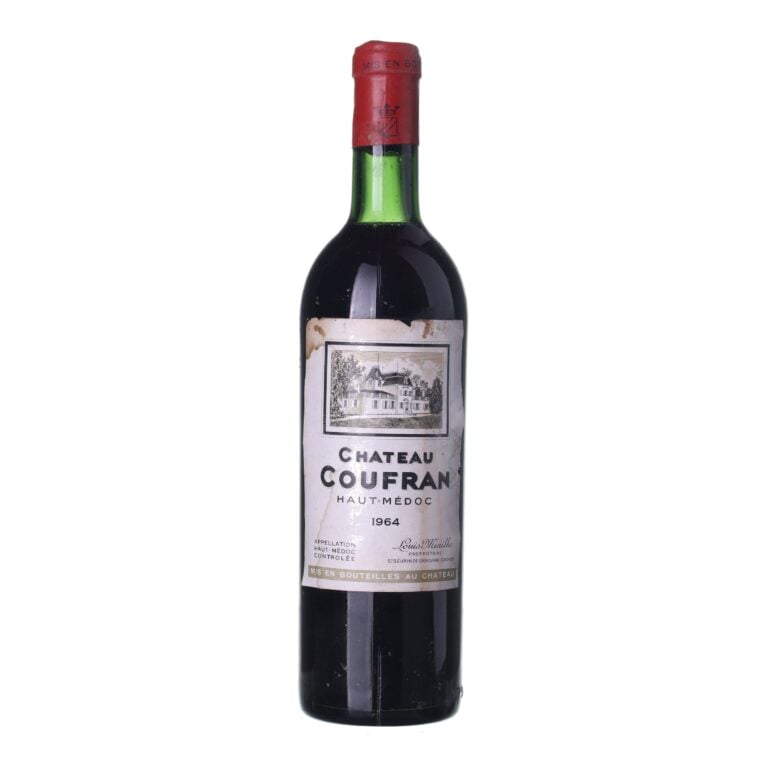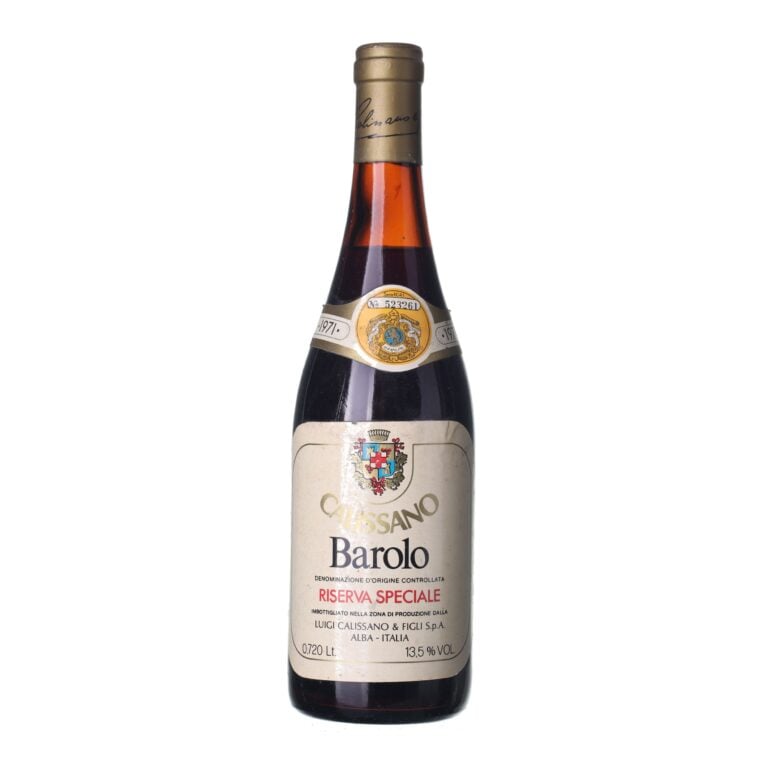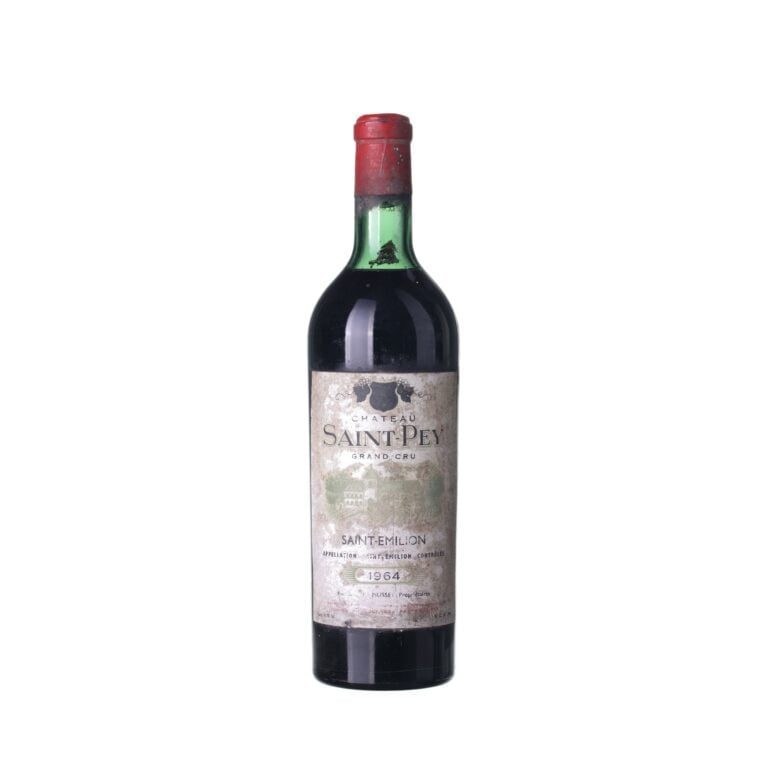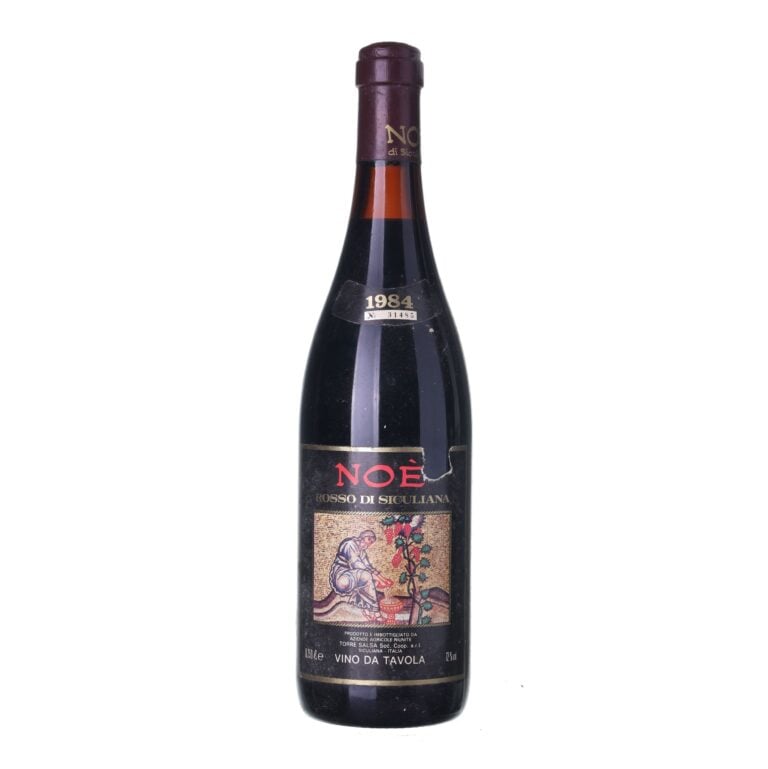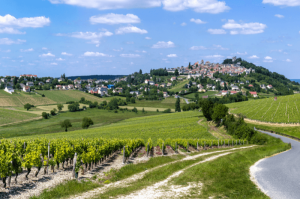From grapes to bottle: wine production in 5 steps
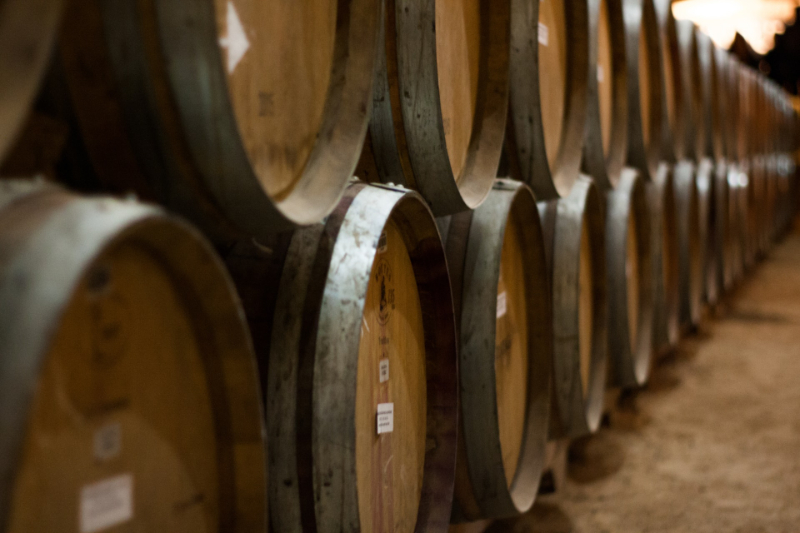
Many wine lovers sooner or later become interested in how it’s produced. And why not?! Good wine doesn’t turn up on the table by coincidence, and uncovering at least a few of the procedures used to create it is a small adventure in itself. Let us invite you, then, on a mysterious excursion.
Red wine and white wine differ not only in color, but also in the way they’re made. However, before we get to this difference, let’s first take a look at what they have in common in the way they’re produced. The entire process of making wine, from the processing of the grapes to the wine’s bottling is also called vinification.
Wine production from D to B
Are you wondering what kind of a weird alphabet this is? You should know, then, that wine production can be described in several points that begin with these letters. Some experts also include the earlier stages of harvesting the grapes in the process, or they describe the stages in more details. We will also discuss the individual steps some more. However, the following five concepts will suffice to help us understand the essential processes:
1. Destemming
The first step, which should be performed as soon as possible after the harvest is separating the herbaceous parts of the clusters from the grape berries. This means breaking their skins, and a mash is created. During this process care must be taken not to damage the seeds, which could release a bitter taste into the wine. This stage is sometimes also called destemming and crushing.
2. Pressing
Next, the mash will be pressed. The aim is to get the maximum amount of must, while maintaining the highest possible quality. Various types of presses are used for winemaking, such as screw presses, and hydraulic or pneumatic presses. The skins and other parts left behind are called pomace. The average free-run juice yield from grapes is around 70 %.
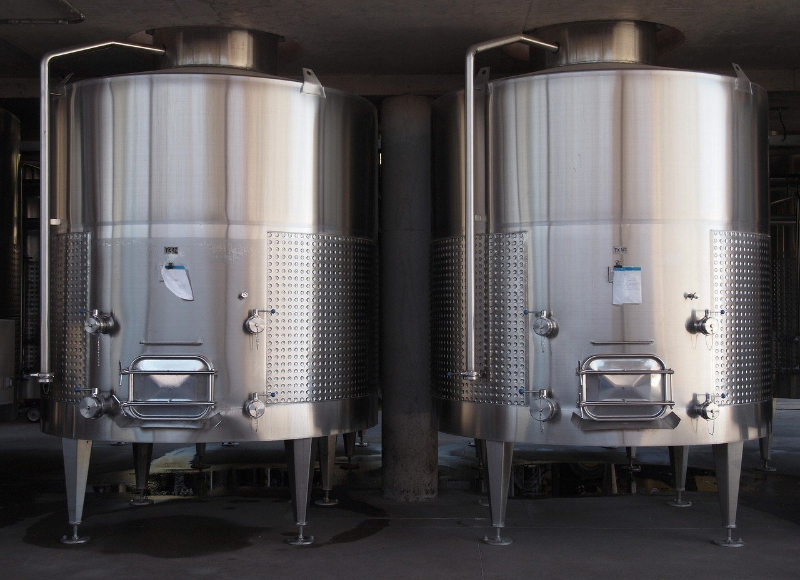
3. Fermentation
Fermentation is the part of the production process when yeast transforms the sugars into alcohol and carbon dioxide and heat are released into the air. The grape juice must thus turns into wine.
If you’re interested in the chemical process of this transformation, this is what it looks like:
C6H12O6 (sugar) = 2 C2H5OH (alcohol) + 2 CO2 (carbon dioxide) + heat.
Wine fermentation can take place spontaneously, but more often, specially bred strains of yeast are used. And there’s a trend now for refrigerating grape must so that its temperature doesn’t exceed 18–20 degrees Celsius, which helps to maintain the natural aromatic substances.
Especially in the case of red wines and more complex white wines, the “malolactic” fermentation process is sometimes used, in which special bacteria transform malic acid into the milder-tasting lactic acid and carbon dioxide.
4. Clarification and stabilization
The clarification and stabilization stage of wine production consists of several sophisticated and important operations, which consist of:
- racking – separating the wine from yeast sediments,
- sulfuring – adding sulfur dioxide to prevent oxidation,
- clarification – removing proteins and other undesirable substances,
- fining and filtration – removing suspended particles and microorganisms.
5. Bottling
Is all of this making you dizzy? Don’t worry, we’re getting close to the final step, which is bottling. This may be done using hand-held fillers and stoppers – for example, at small wineries – or there could be a mechanized bottling line. Before the bottling, the wine is still inspected for several factors (sulfur dioxide content, purity, stability of proteins, etc.)
Did you know that? A wine’s character is not only determined by its variety, processing, and storage, but also by terroir – and you can read here how wine regions influence the taste of wine.
How is the production of red and white wine different?
While the production of white wine takes requires the pressing of the mash very soon, for reds the grape skins ferment along with the wine. This is the way they acquire the necessary pigments, which are extracted into the mash during the fermentation process. However, there are some white wines that also undergo a short fermentation of skins with the mash. It depends on the variety and on the individual winemakers, and this can lead to some very good white wines.
And what about rosé wine? Rosé wines are made using blue grapes which are left to lie in the form of a mash for several hours. After some of their pigments have been released, this wine is processed in the same way as whites.
When you say something se “matures like a fine wine”
The maturation of wine is sometimes mentioned as part of its clarification process, but in the professional literature it is usually treated as a separate chapter. Therefore, we have also left it until the end. Wine can be stored and left to finish maturing in steel tanks or in wooden casks.
The oaken barrique casks are well known for this: they provide wine with more substances that enhance its taste and aroma. Barrique casks – which originally come from Bordeaux – hold 225 liters and can only be used three times for maturing wine, and after that they only serve the same function as a classic barrel without any added value.
Our tip: Are you in the mood for a really good red wine? Try a bottle of vintage wine. We’ll also advise you how to make a perfect gift of vintage wine.
Select wines. In your email.
once every month. You can look forward to our recommendations, interesting content, and great offers for your archive for your archive.
By sending an email you agree to the Terms and Conditions for Protection of Personal Data




